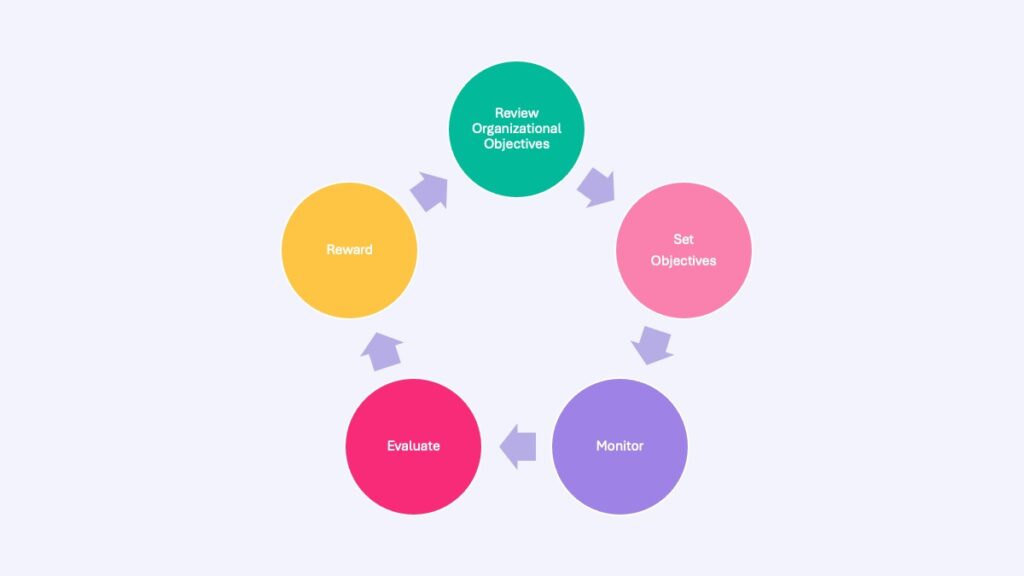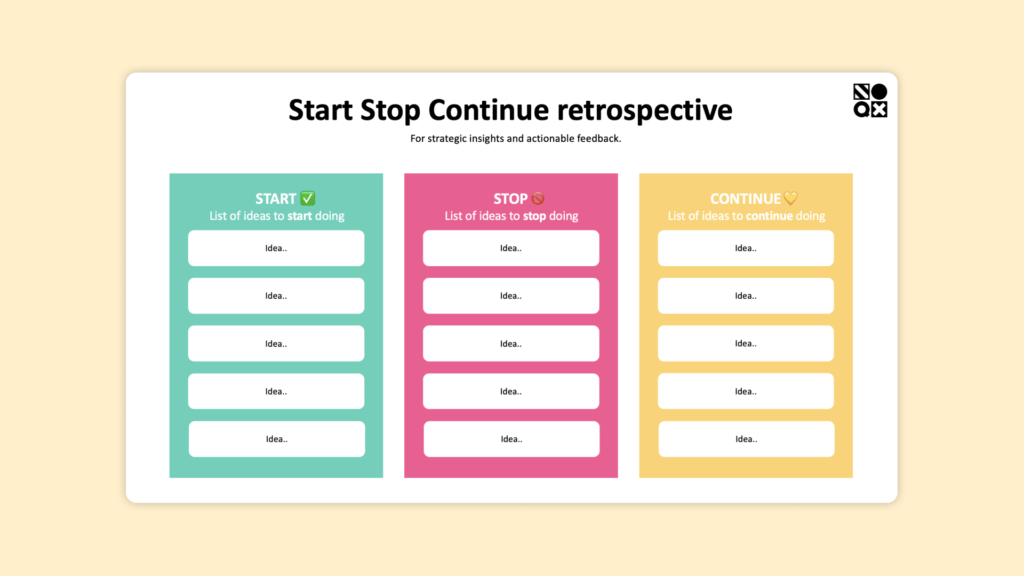What is a SWOT analysis?
A SWOT analysis is a flexible tool used to identify and analyze the strengths, weaknesses, opportunities and threats of a company or project. By carefully reviewing these four areas, organizations can get a clearer picture of their current situation and develop smart strategies for the future. It helps them to understand both what they are doing well and what needs to be improved, as well as to spot potential opportunities and threats that could affect their success.
What does SWOT stand for?
SWOT is an acronym that stands for:
- Strengths (Strengths)
- Weaknesses (Weaknesses)
- Opportunities (Opportunities)
- Threats (Threats)
These four categories help to structure thoughts and data around both internal and external factors affecting the business.
Strengths
Strengths are the internal factors that give the organization an advantage over competitors. They can be resources, competencies or as well as advantageous characteristics that allow the company to perform well. Here are some examples of what can count as strengths:
- A strong brand: A company with a well-known and respected brand has a strong advantage because customers often prefer to buy from names they trust.
- High customer satisfaction: When customers are satisfied with the products or services, they are more likely to return and recommend the company to others.
- Innovative technology: Having access to or developing advanced technology can put a company at the forefront of its industry.
- Efficient processes: If the company has efficient work processes, it can produce its goods or services faster and cheaper than its competitors.
Weaknesses
Weaknesses are internal factors that can hinder the success of the organization. They are the areas where the company needs to improve. Here are some examples of weaknesses:
- Limited resources: If a company has limited money, staff or time, this can affect its ability to grow or improve its products.
- Lack of expertise: If there is a lack of expertise in key areas, it can be difficult to develop and improve the company’s offerings.
- Ineffective marketing: If the marketing strategy doesn’t reach the right audience or doesn’t convince potential customers, sales may suffer.
- Poor infrastructure: If the company has poor working environments or inadequate technology, it can affect productivity and employee satisfaction.
Opportunities
Opportunities are external factors that the organization can take advantage of to improve its position or performance. They can be market trends, technological advances but also changes in regulations that open up new avenues for the company. Here are some examples of opportunities:
- Growing market: If demand for the company’s products or services is increasing, it could mean a great chance to grow.
- New technology: New technologies can allow the company to improve its products or create entirely new offerings.
- Changing customer preferences: If customers start to prefer what the company offers, it can lead to increased sales.
- Partnerships and alliances: Collaborating with other companies can open up new markets and opportunities for development.
Threats
Threats are external factors that can pose risks to the success of the organization. They are challenges that need to be addressed to avoid negative effects. Here are some examples of threats:
- Competitors: if other companies offer better or cheaper products, it can negatively affect sales.
- Economic downturns: If the economy slows down, it can affect customers’ purchasing power and reduce sales.
- Regulatory changes: New laws and regulations may require companies to change the way they operate, which can be costly and time-consuming.
- Natural disasters: Events such as storms or earthquakes can disrupt production and supply chains, leading to losses.
Example of a SWOT analysis
Let’s take a look at an example of a SWOT analysis for a fictitious company that we call “Customania”. This company specializes in smart home solutions, which means that they develop and sell technological products that make the home more automated and connected.
Strengths
- Innovative products: Customaina has a reputation for creating products that are both innovative and high-tech. Their products offer unique features that competitors do not have.
- Strong research and development team: The company has a team of skilled engineers and developers who are constantly working on improving existing products and developing new ones.
- Good customer service: The company is known for taking good care of its customers, with fast and efficient support, leading to high customer satisfaction and loyalty.
Weaknesses
- High production cost: Producing their advanced technological products is expensive, which can affect their pricing and profitability.
- Limited market presence outside Sweden: Although their products are innovative, their sales are mainly limited to the Swedish market. This means they are missing out on potential customers internationally.
- Lack of marketing strategy: The company has not invested enough in marketing, which means that many potential customers are not aware of their products.
Opportunities
- Increased demand for smart home solutions: The smart home market is growing rapidly, which means that more and more people are becoming interested in the products offered by Customania.
- Opportunity to expand into international markets: By increasing its presence abroad, the company can reach new customer groups and increase its sales.
- Partnerships with technology companies: Collaborating with other technology companies can lead to new innovations and opportunities to develop even better products.
Threats
- Competitors with lower price levels: There are other companies offering similar products at lower prices, which may attract customers away from Customania.
- Rapid technological change: Technology is developing rapidly, and if the company cannot keep up with the rapid developments, they risk being overtaken by competitors.
- Economic uncertainty due to global markets: Global economic fluctuations can affect customers’ purchasing power and therefore the company’s sales.
By conducting a SWOT analysis, Customania can gain a better understanding of their current strengths and weaknesses as well as identify possible opportunities and threats that could affect their business. This analysis helps them to strategically plan for the future, but also to make informed decisions that can improve their position in the market.
For example, the company can focus on reducing their production costs by streamlining their processes or finding cheaper suppliers. They can also develop a stronger marketing strategy to increase their international visibility and attract more customers. By proactively addressing threats such as competition and technological change, Customania can secure its future success and growth!
How to do a SWOT analysis
Conducting a SWOT analysis can be done in a few simple steps:
- Gather a team: invite members from different parts of the organization to get a diverse view of the business.
- Identify strengths and weaknesses: focus on internal factors and be as specific as possible.
- Identify opportunities and threats: analyse external factors affecting the organization.
- Compile and analyze: Write down all the points identified and analyze them to understand how they affect each other.
- Develop strategies: Use the analysis to create strategies that capitalize on strengths and opportunities, and address weaknesses and threats.
Why is a SWOT analysis important?
A SWOT analysis is important for several reasons:
- Strategic planning: Helps to formulate and implement strategies.
- Decision-making: Provides a clear picture of internal and external factors that influence decisions.
- Resource allocation: Identifies areas that need resources or improvements.
- Risk management: Helps to identify and prepare for potential threats.
By regularly performing SWOT analyses, organizations can stay proactive and also adaptable in an ever-changing business environment. It provides a solid basis for making informed decisions, therefore ensuring long-term success!



